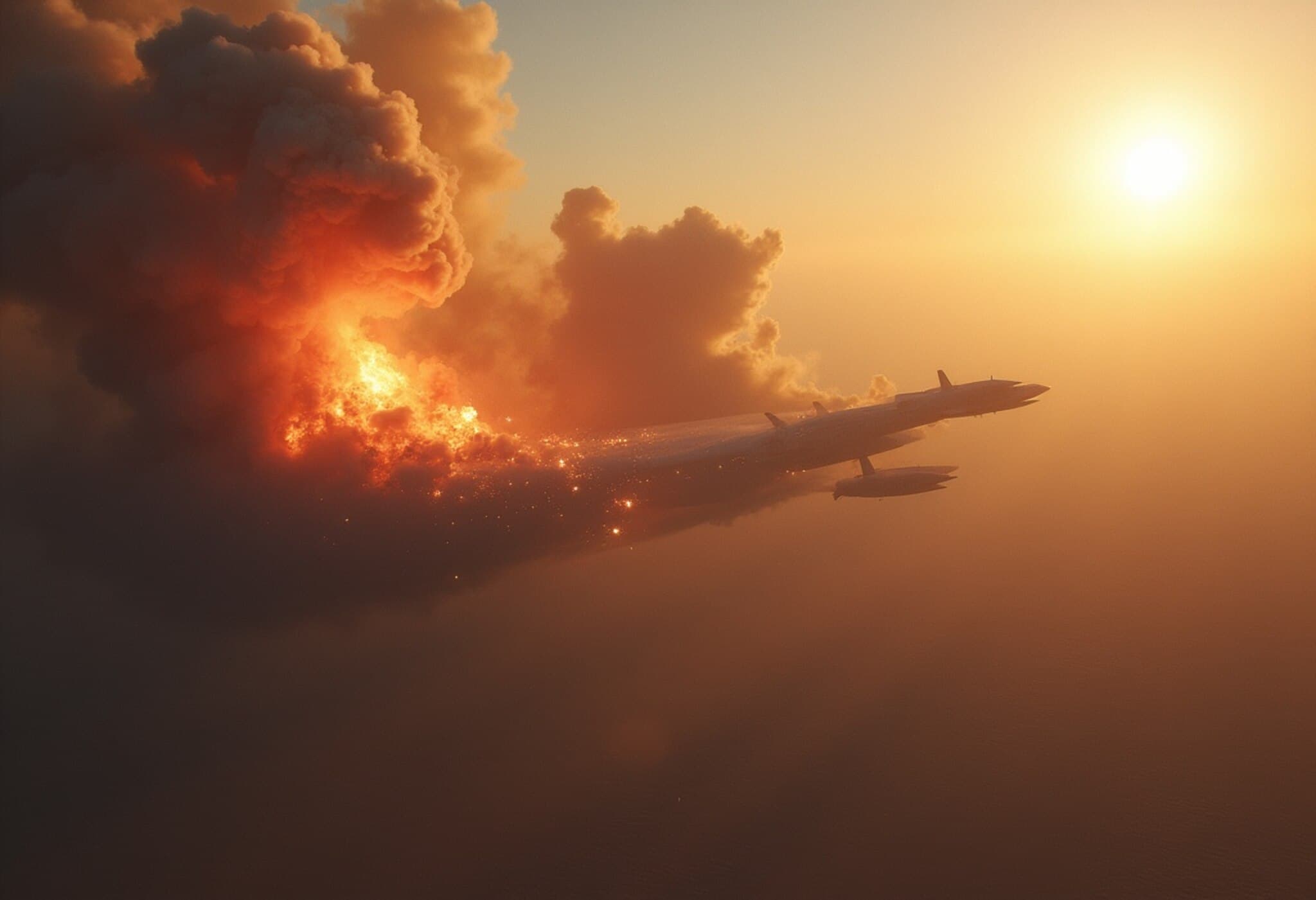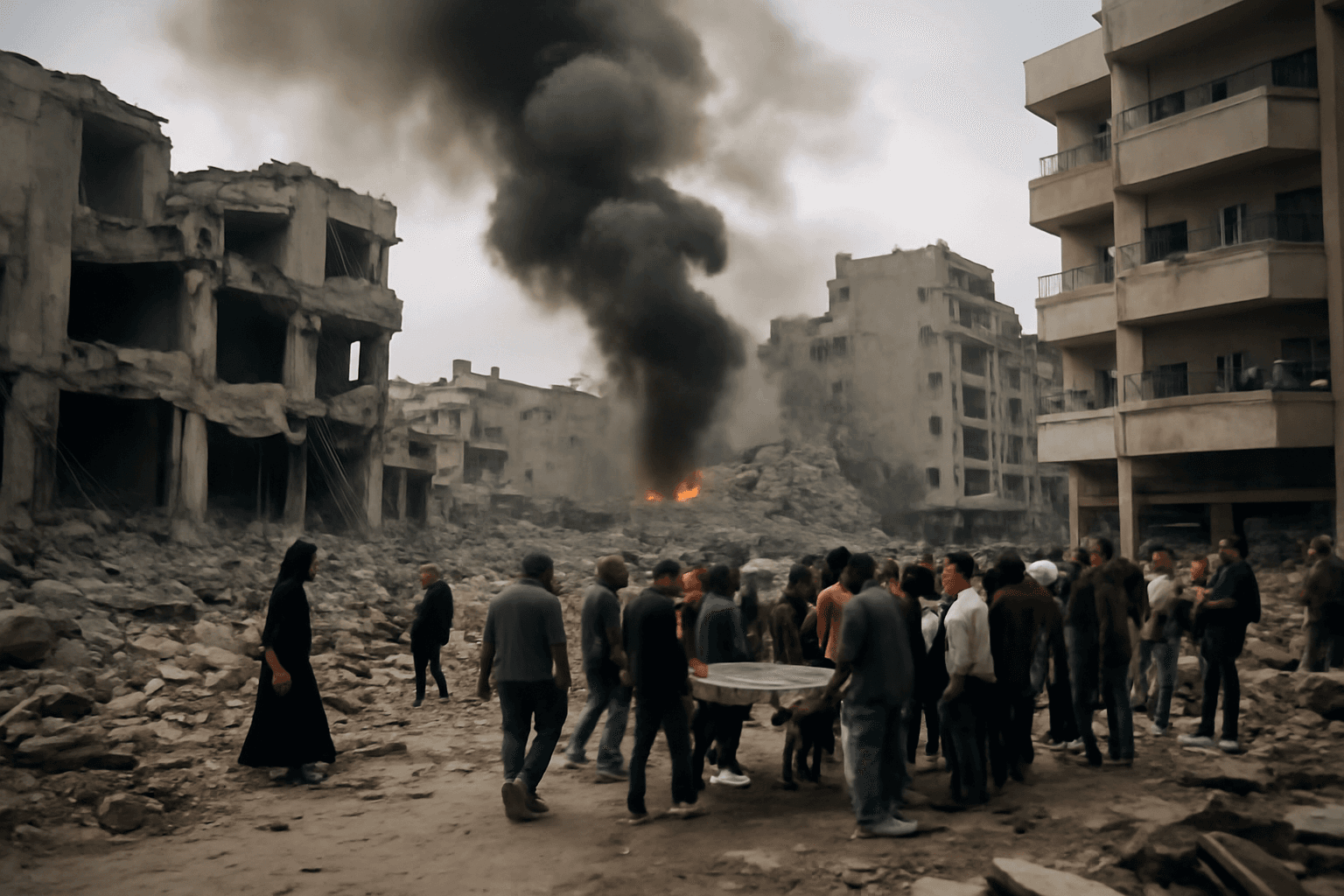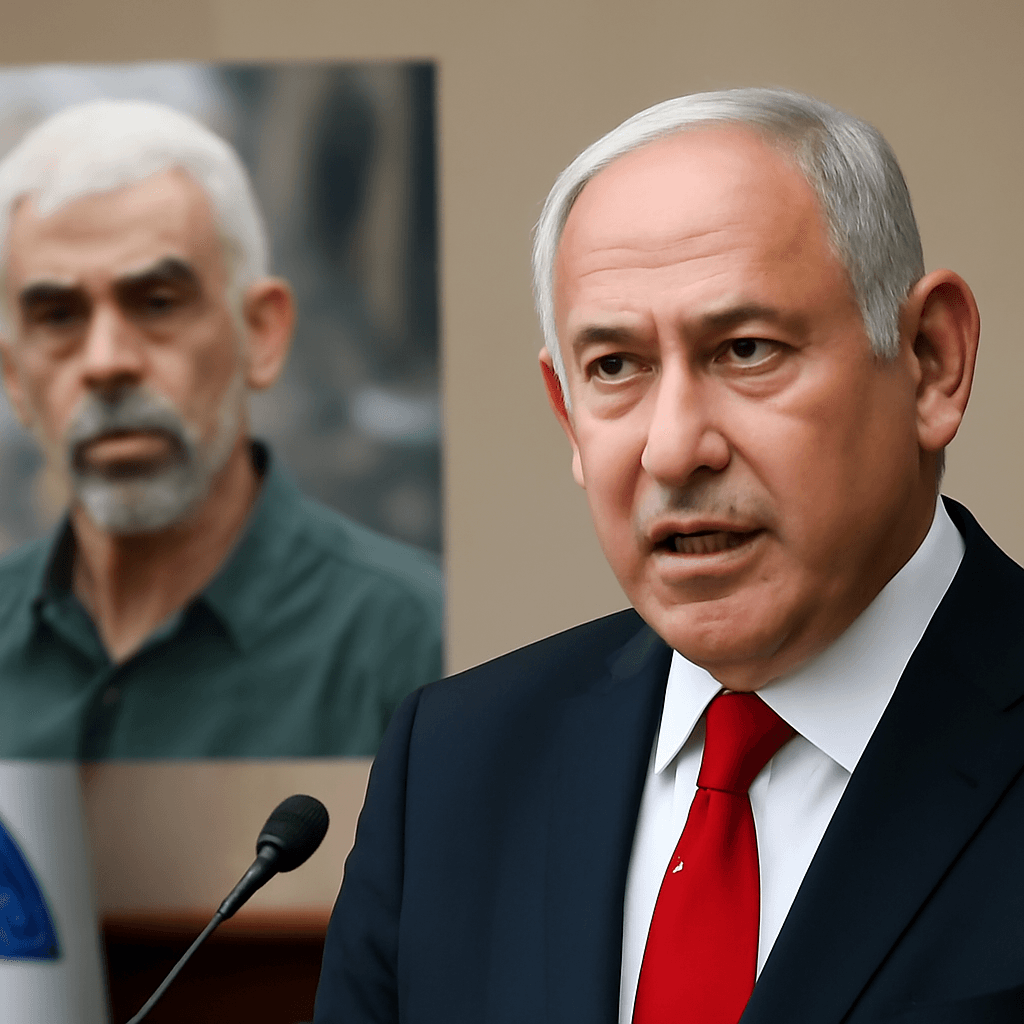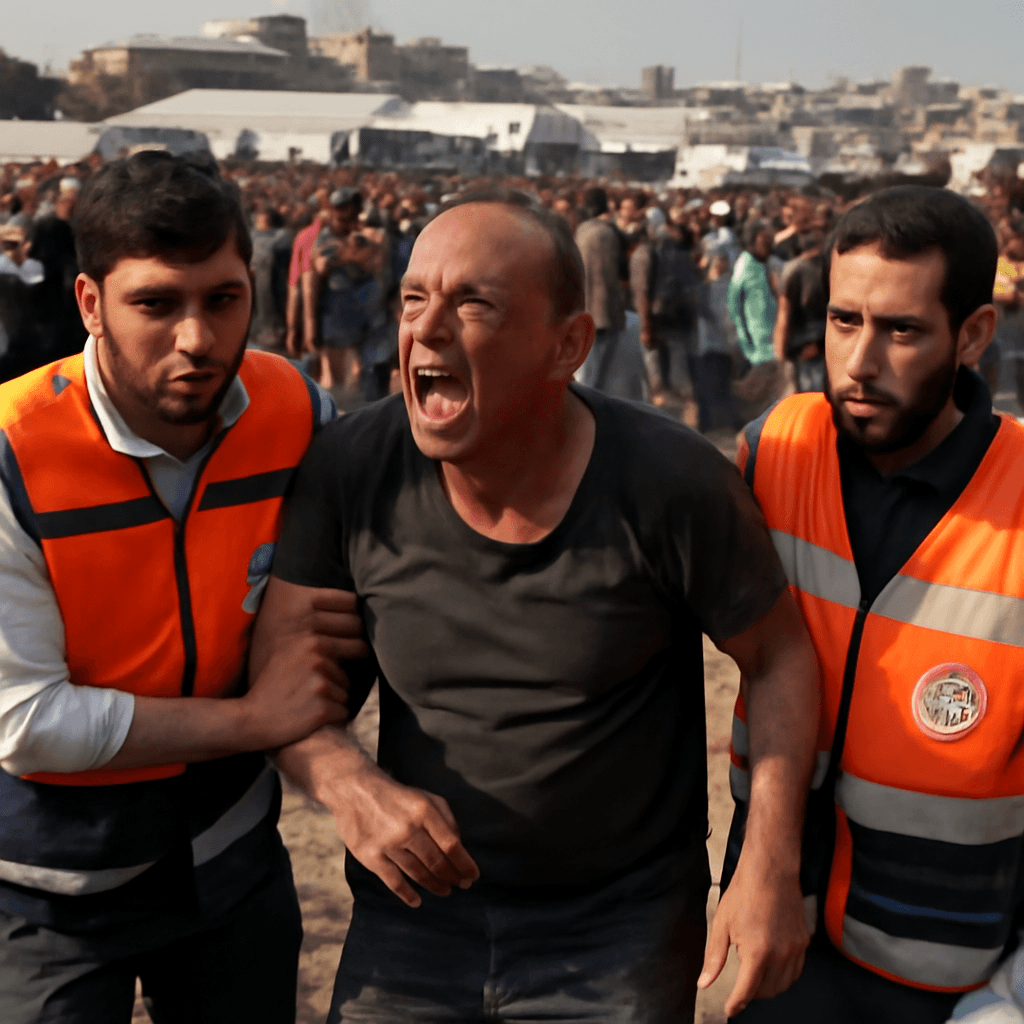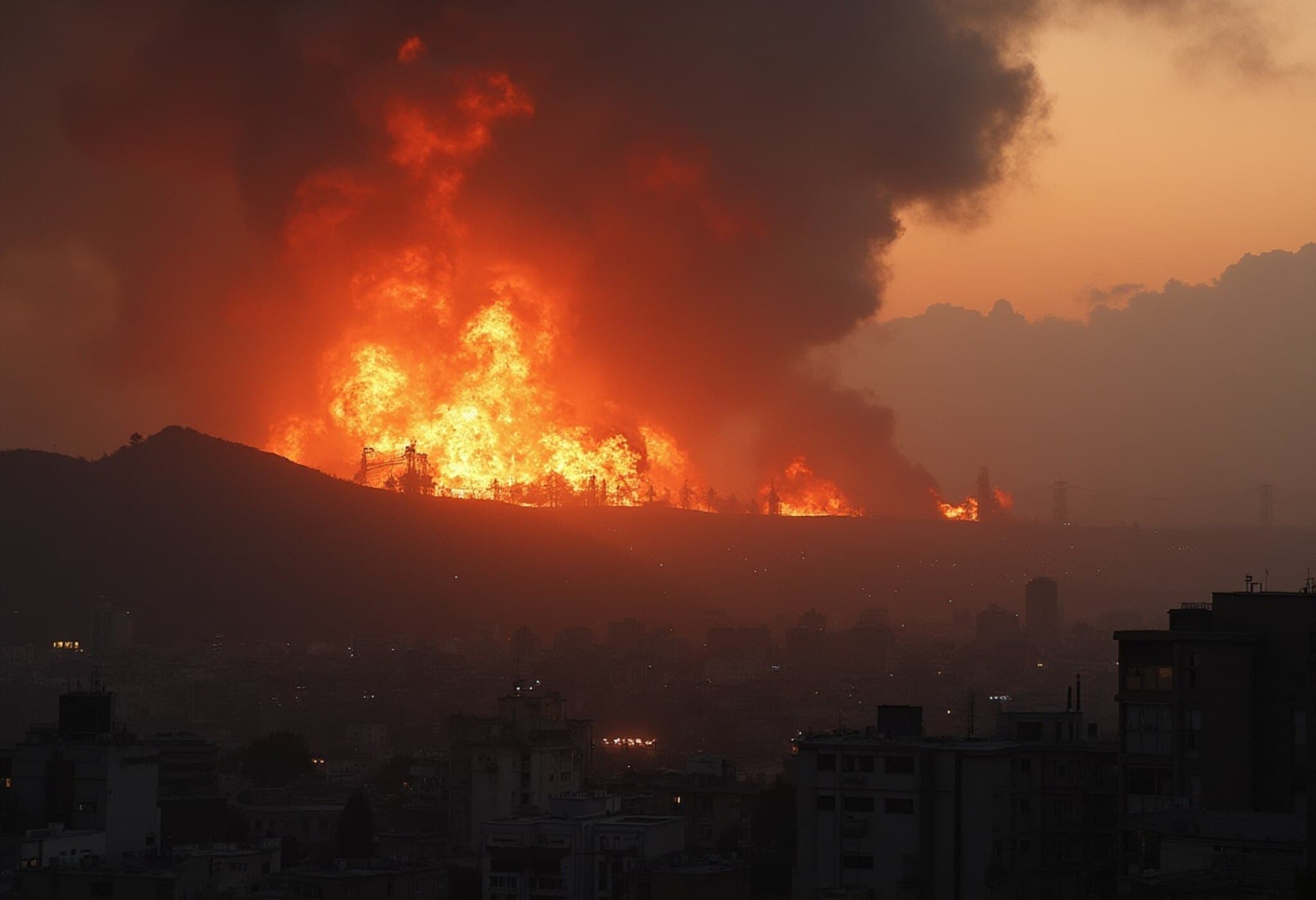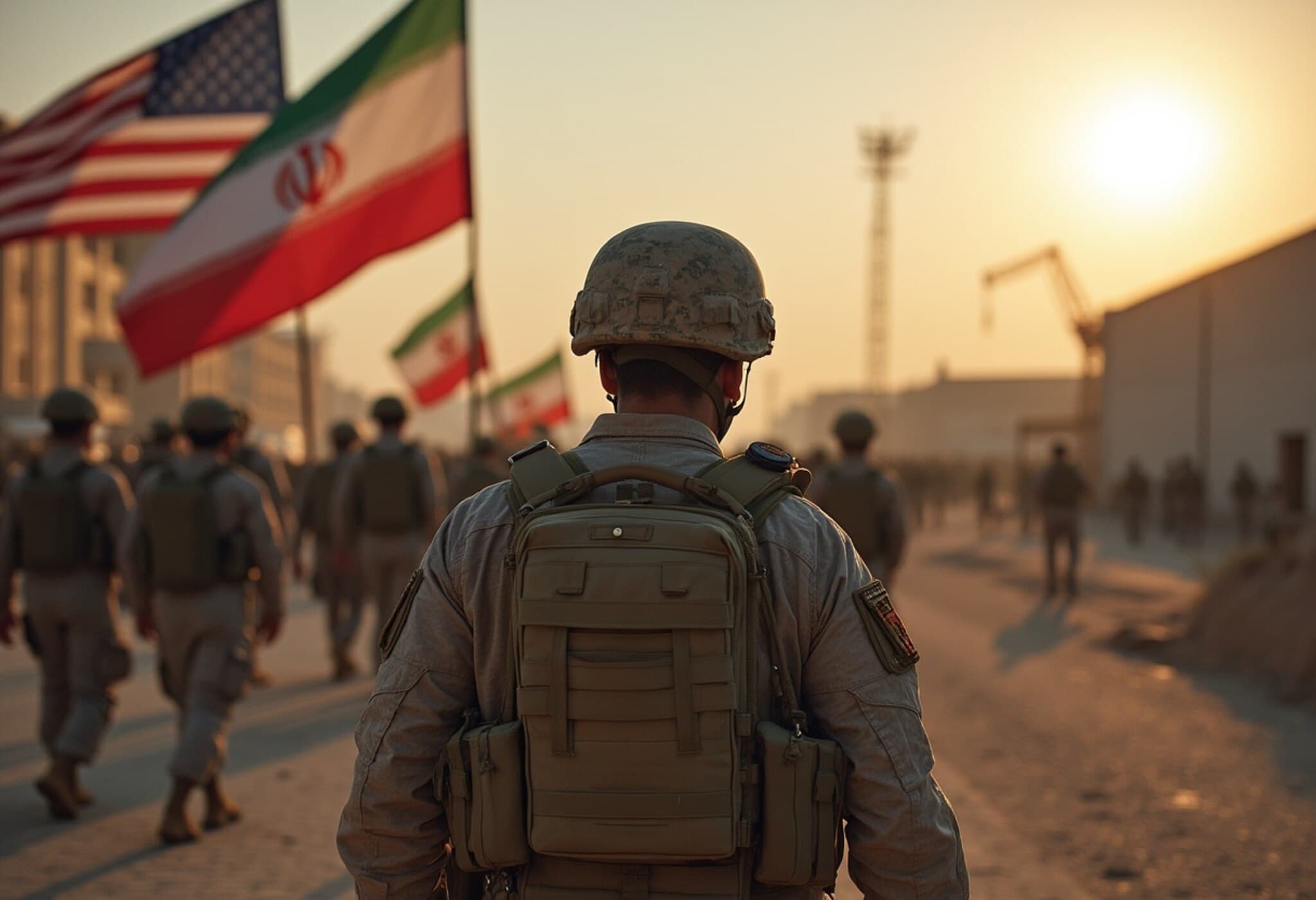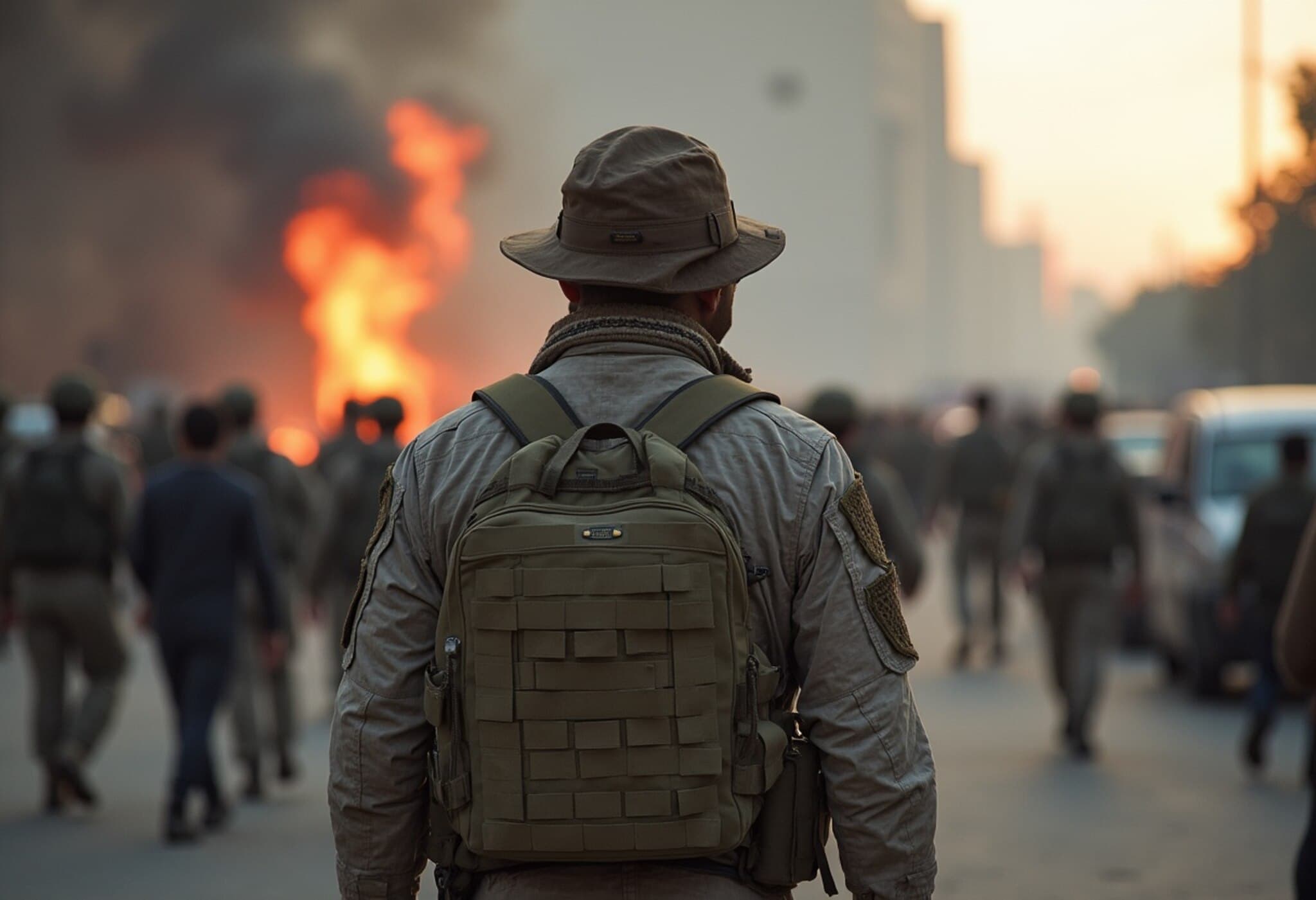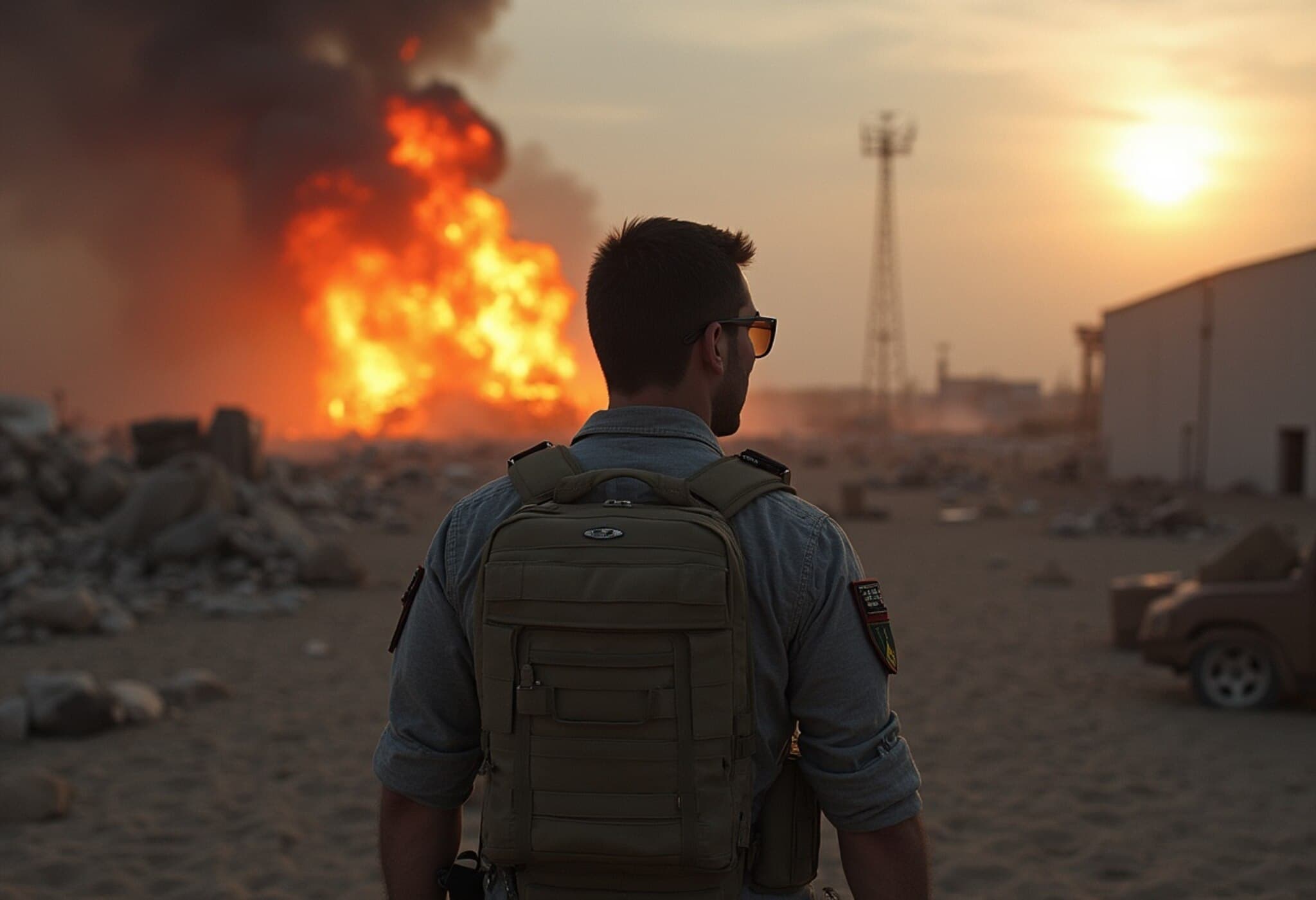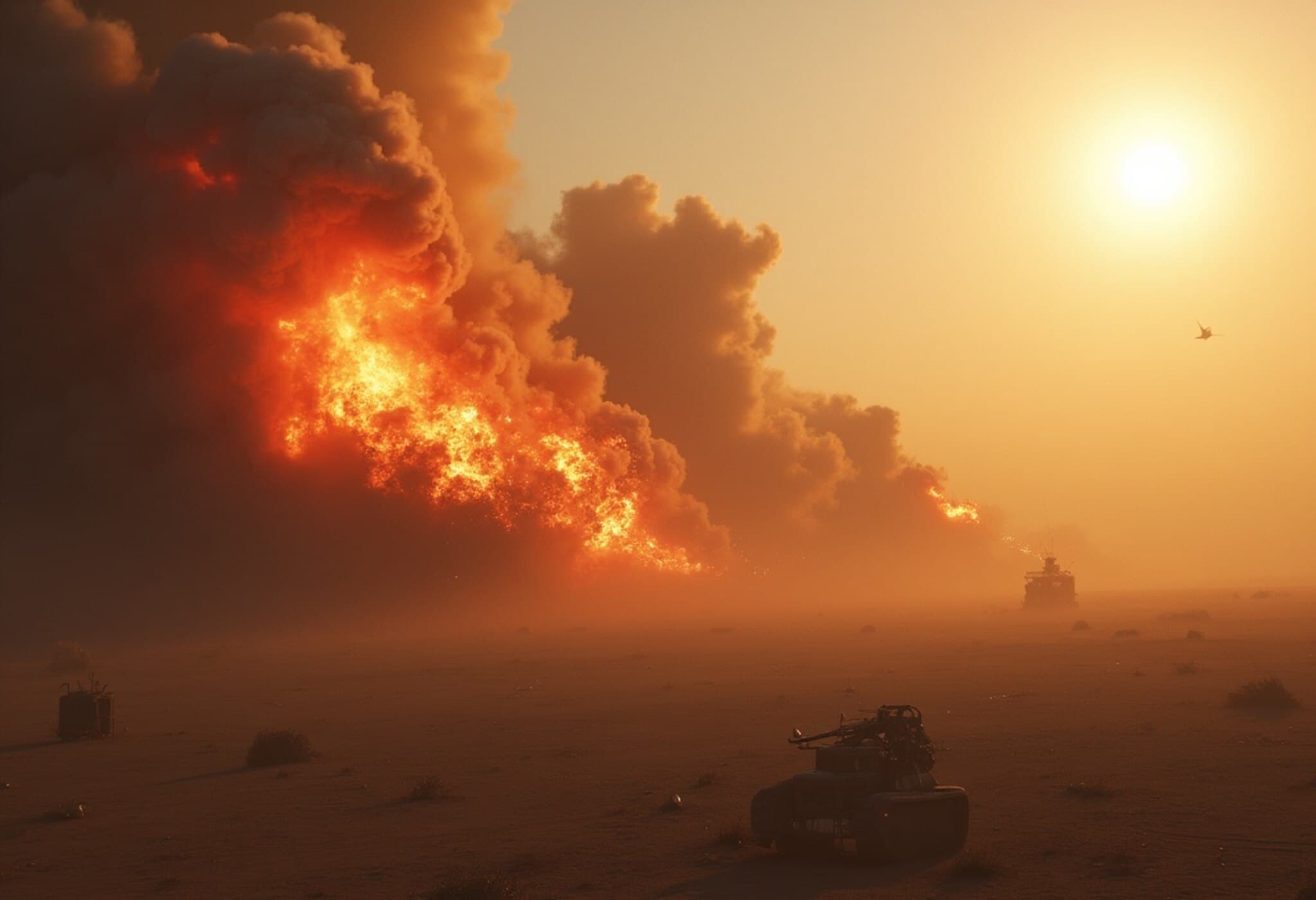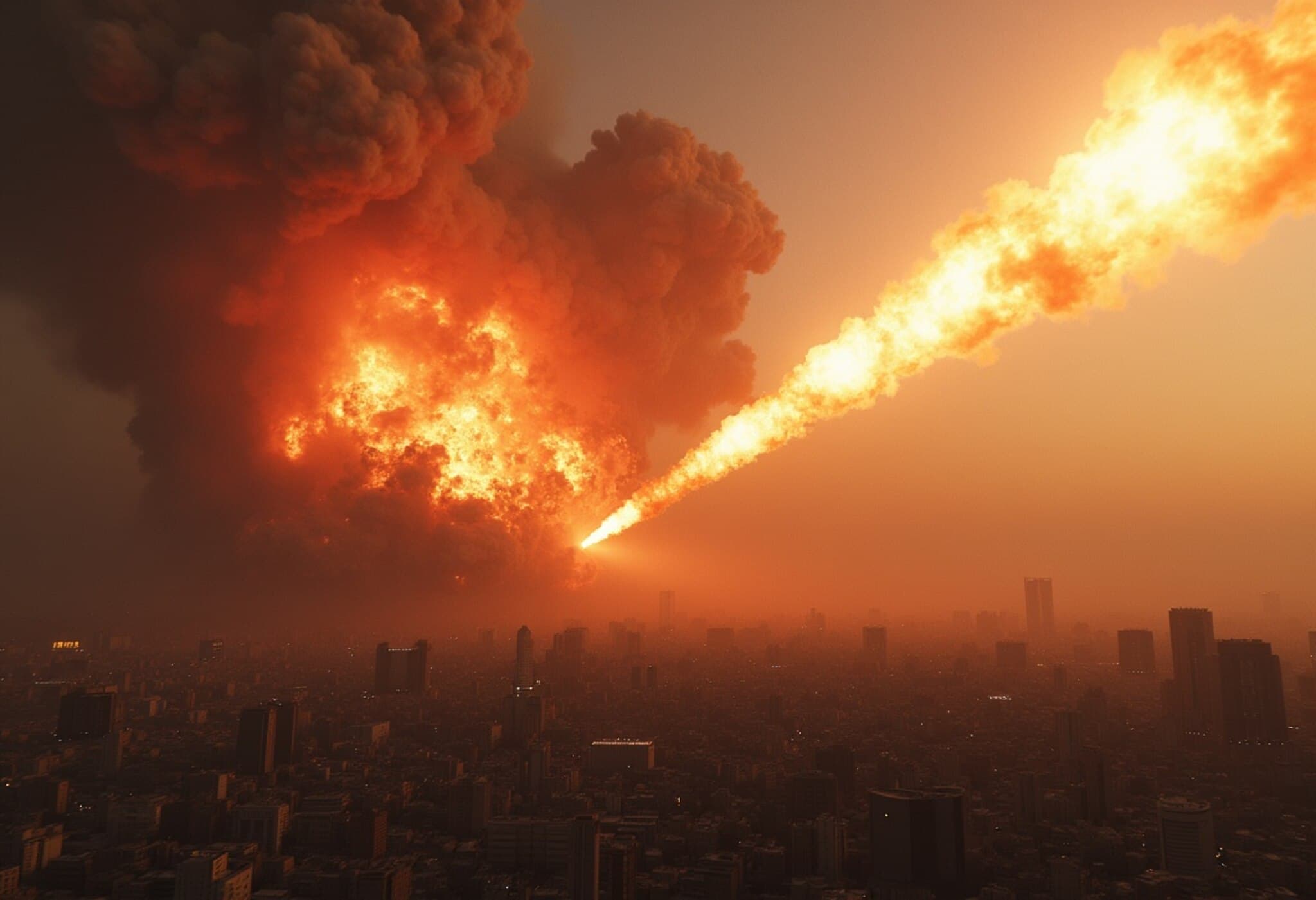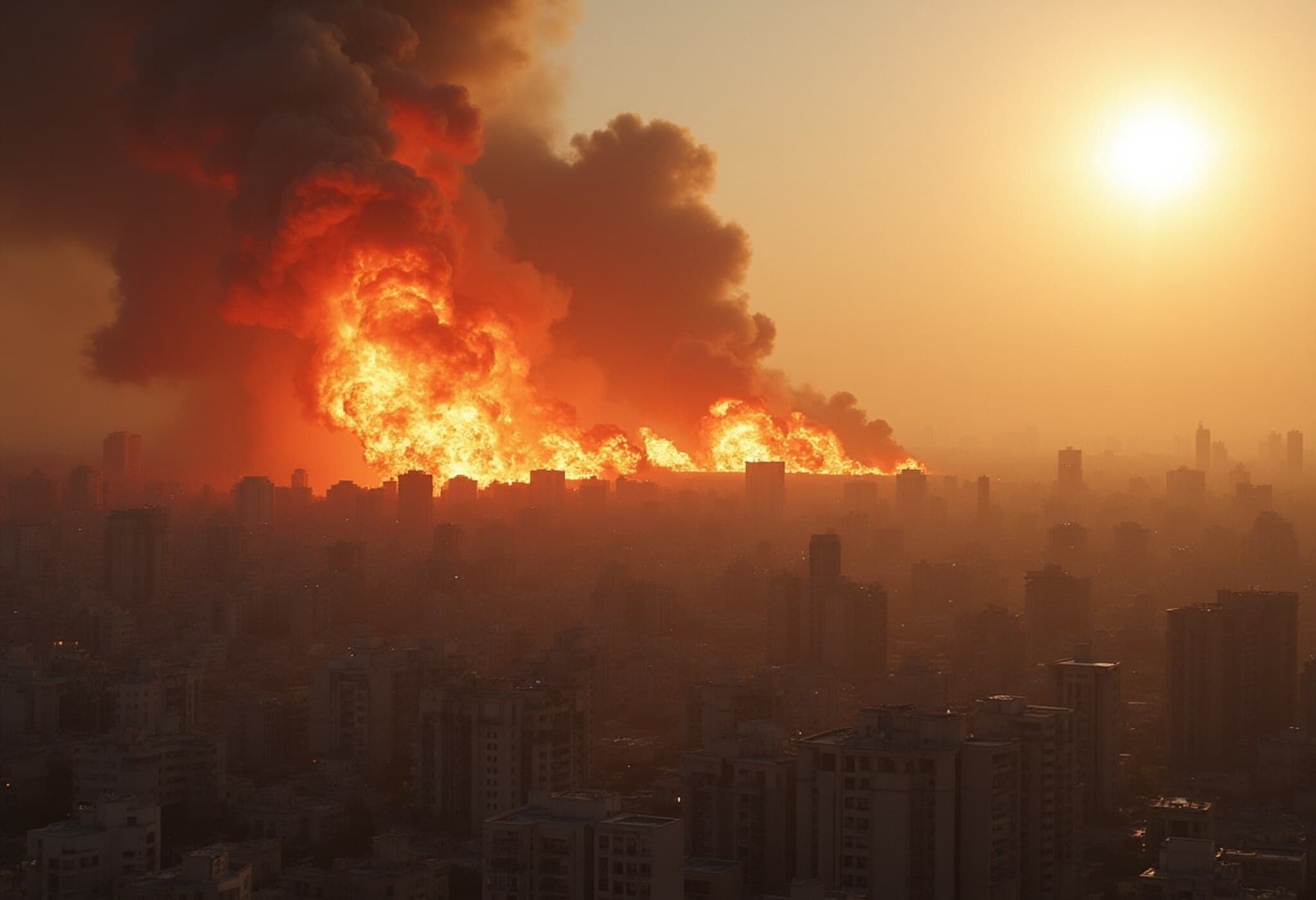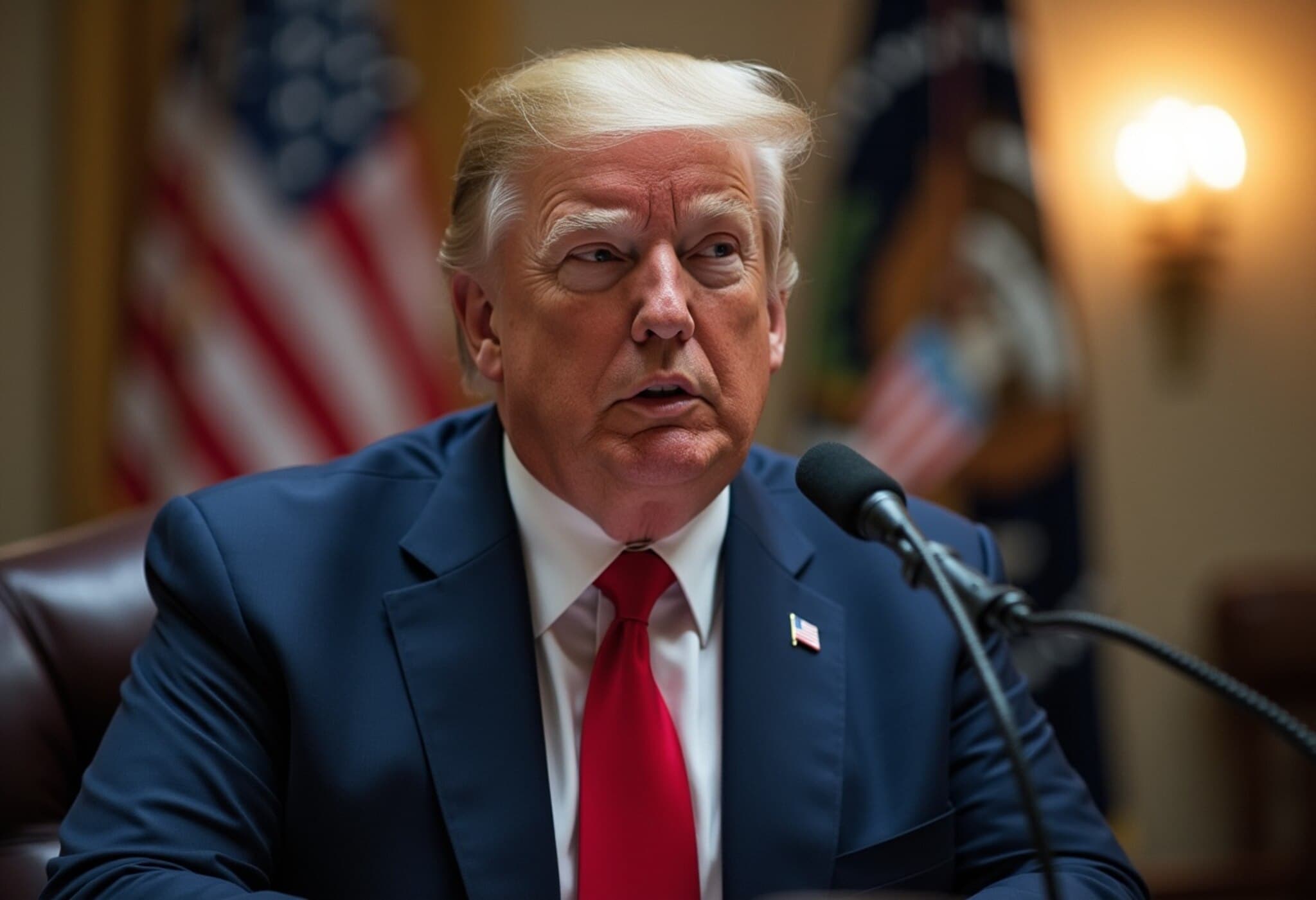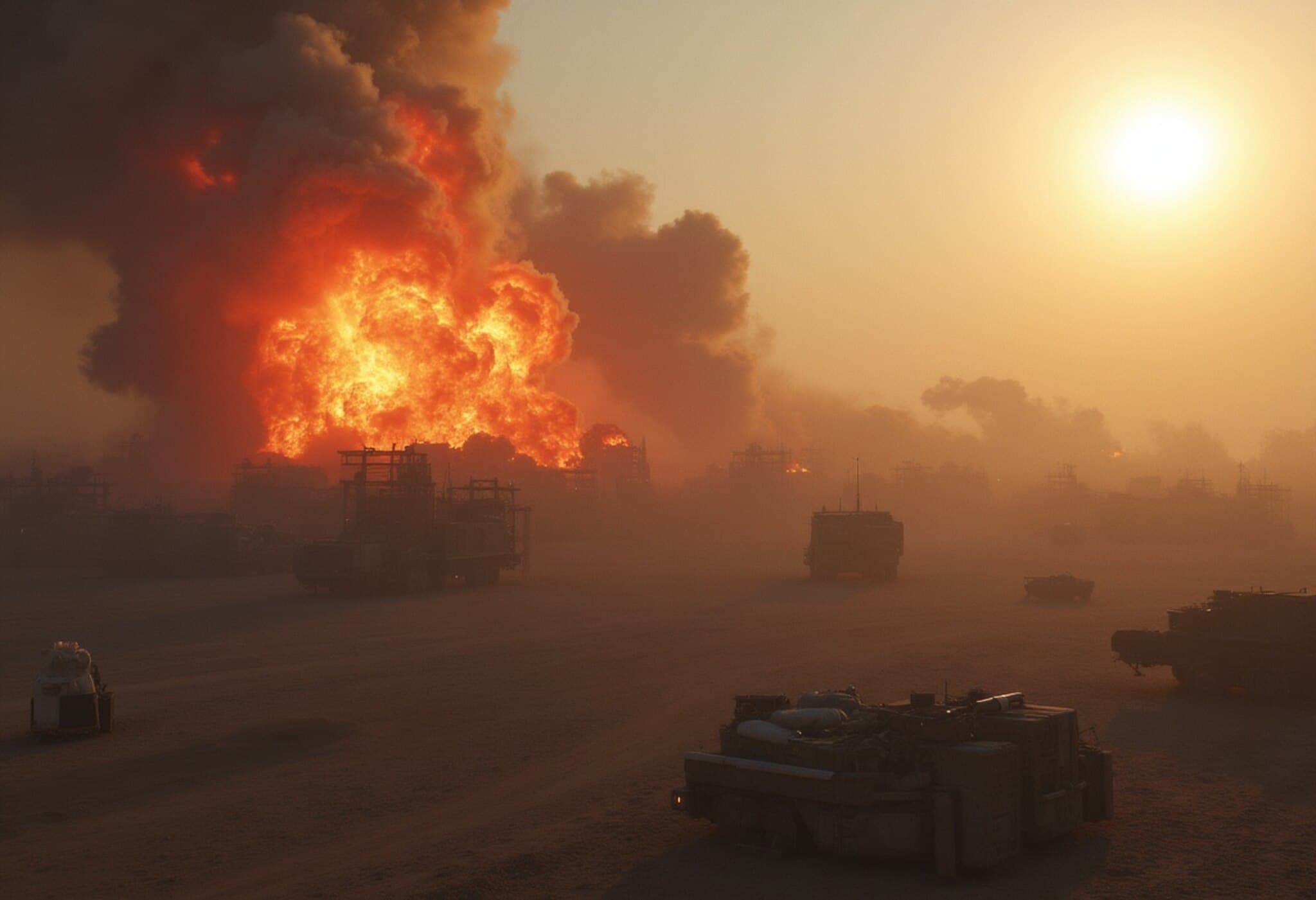US Executes Targeted Attacks on Iranian Nuclear Facilities
In a significant and unexpected move, the United States launched a military strike on three key nuclear sites in Iran—Fordow, Natanz, and Esfahan—escalating tensions sharply in the Middle East. President Donald Trump confirmed the successful operation, emphasizing the precision and scale of the attack.
"We have completed our very successful attack on the three Nuclear sites in Iran, including Fordow, Natanz, and Esfahan," Trump announced on social media. “All planes are now outside of Iranian airspace. A full payload of bombs was dropped on the primary site, Fordow,” he added, praising the skilled American forces involved. The president also indicated a push for peace following the operation.
Stealth Bombers and Powerful Ordinance Played Key Roles
Earlier on the day of the strikes, several US Air Force B-2 stealth bombers took off from Missouri, flying west over the Pacific. These aircraft are among the few capable of deploying the GBU-57 Massive Ordnance Penetrator—known colloquially as the 'bunker buster'—a weapon designed to penetrate deep underground targets.
This action signifies a direct US military engagement with Iran, marking a considerable intensification of America’s support for Israel’s efforts to dismantle Tehran’s nuclear ambitions and destabilize its regime. Following the strikes, President Trump spoke with Israel’s Prime Minister to discuss the development.
Shift from Diplomacy to Military Action
Remarkably, this sudden military escalation contradicts an earlier statement by President Trump just 48 hours prior when he expressed intent to await two weeks to explore diplomatic options. The swift progression from a potential negotiation window to active conflict underscores the complexity and urgency perceived by US leadership.
Despite ongoing attempts at diplomacy behind closed doors, the situation deteriorated swiftly. Iran’s Supreme Leader, Ayatollah Ali Khamenei, had warned that any American military intrusion would result in irreversible damage, signaling Tehran’s readiness for a forceful response.
Potential Regional and Global Impacts
In the wake of the US strikes, concerns loom over possible Iranian retaliation. One alarming possibility involves the deployment of landmines in the Strait of Hormuz, a critical maritime chokepoint through which roughly 20% of the world’s oil passes. Such a move could disrupt global oil supplies and destabilize international markets.
Reports have surfaced about intensified efforts by Iran to jam ship transponders, creating uncertainty and hazard for vessels traversing the area. Regional authorities, including QatarEnergy and the Greek Shipping Ministry, have already issued warnings to avoid the strait when possible, a precaution likely to increase after the recent attack.
Context: US Opposition to Iranian Nuclear Capability
The US government has consistently maintained that Iran must never acquire nuclear weapons. President Trump, diverging from previous administration policies, withdrew the US from the 2015 nuclear agreement citing inadequacies in deterring Iran’s enrichment activities.
Israel has long accused Iran of covertly advancing nuclear weapons development, responding in the past with targeted killings and cyber operations rather than overt military strikes—until now. Interestingly, the head of US intelligence recently testified that Iran is not actively pursuing a nuclear weapon, a statement Trump openly contradicted, asserting that Iran was close to achieving such capability.
Looking Ahead
The recent US military action dramatically alters the landscape of Middle Eastern geopolitics, introducing new uncertainties. Whether this will deter Iran’s nuclear ambitions or prompt further conflict remains to be seen. President Trump is scheduled to deliver a national address, which is expected to shed more light on the rationale behind and objectives of this bold strike.

